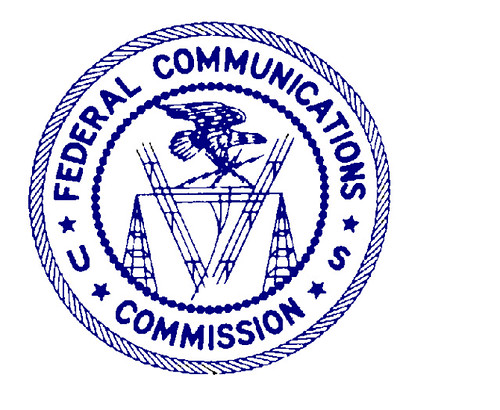Creating “Test Bed” Spectrum
Yesterday the Federal Communications Commission (FCC) began its most recent auction of radio spectrum, a move that could bring over $15 billion into Federal coffers and, potentially, major advancements to tomorrow’s communications devices, including new high-speed internet offerings from satellite television providers, more vivid video on mobile phones, better cell coverage, and rapid advances in IPTV.
into Federal coffers and, potentially, major advancements to tomorrow’s communications devices, including new high-speed internet offerings from satellite television providers, more vivid video on mobile phones, better cell coverage, and rapid advances in IPTV.
But while opening up more of the nation’s airwaves might bring greater access to better gadgets, it also could limit spectrum space for engineers and scientists looking to experiment with and develop new technologies.
(Currently, only a tiny fraction of the radio frequency spectrum is unlicensed (e.g. the 2.4 gighertz band used for cordless phones, baby monitors, and Wi-Fi).)
To leave space for future experimentation, the National Association of Broadcasters (NAB) and The Association for Maximum Service Television (MSTV) are lobbying the FCC for the creation a band of frequencies specifically for testing purposes.
If approved, new "test bed" frequencies would serve as a virtual sandbox for those looking to develop devices that might otherwise endanger the frequencies of other, more established devices.